Since there was some discussion around cutting, I thought I’d post some pics I took during the cutting of the previously posted iris cut.
So roughed in the pavilion and cut the girdle and first tier.
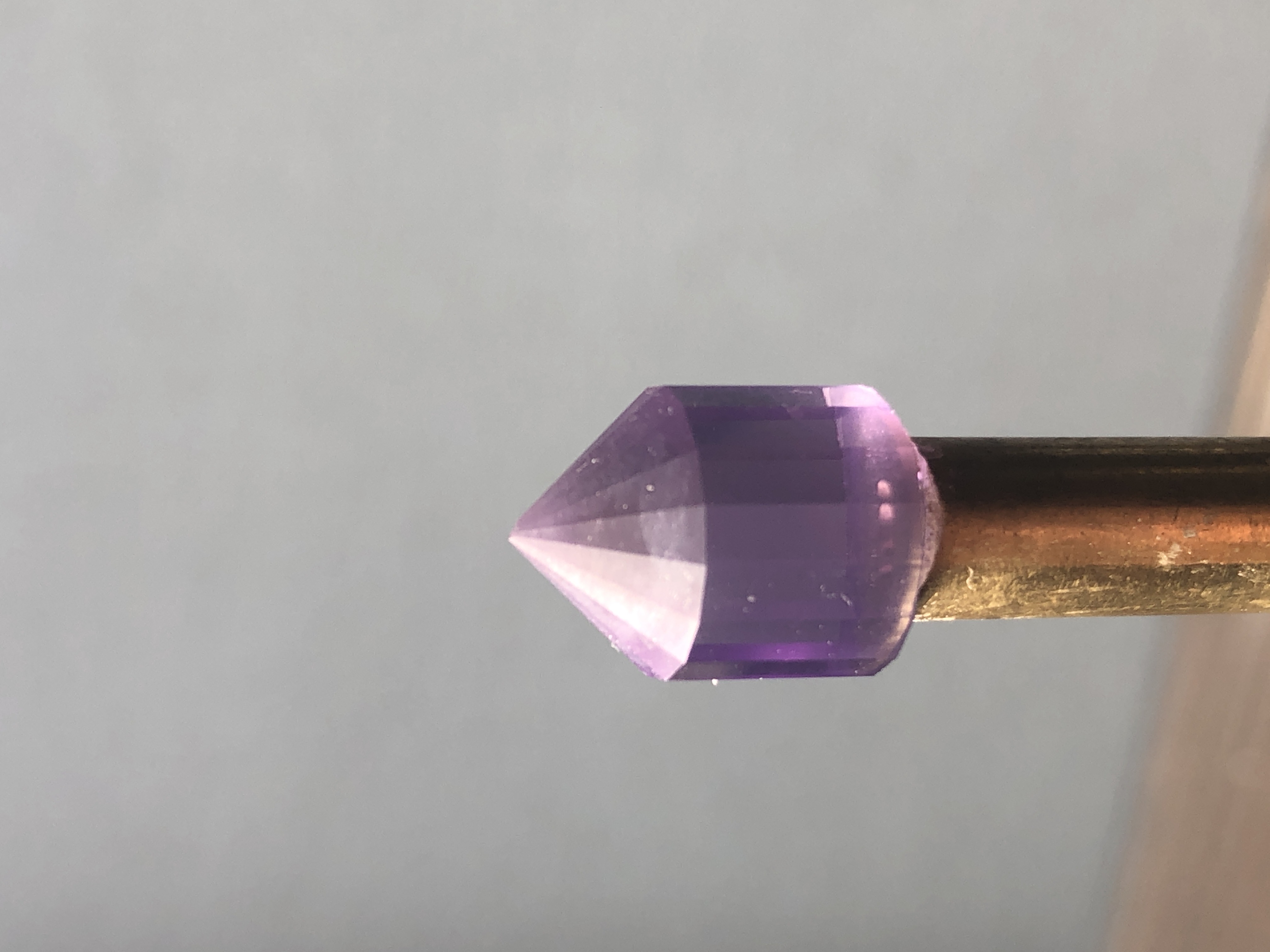
Next, finish cutting but not polished the pavilion.
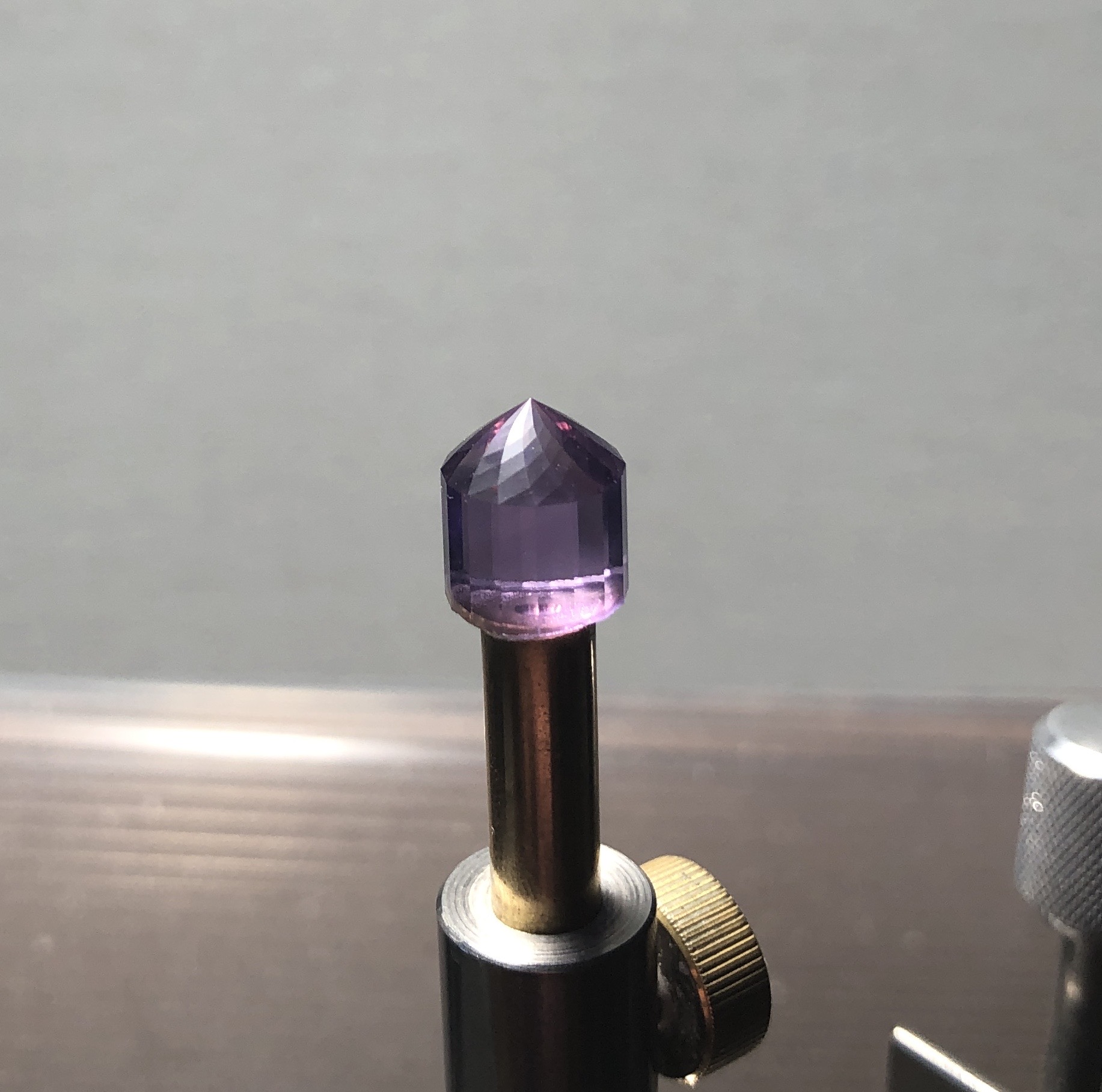
Pavilion polished

Next step is to transfer the stone to another dop to cut the other side.

Cut the crown of the stone without polish or the table.
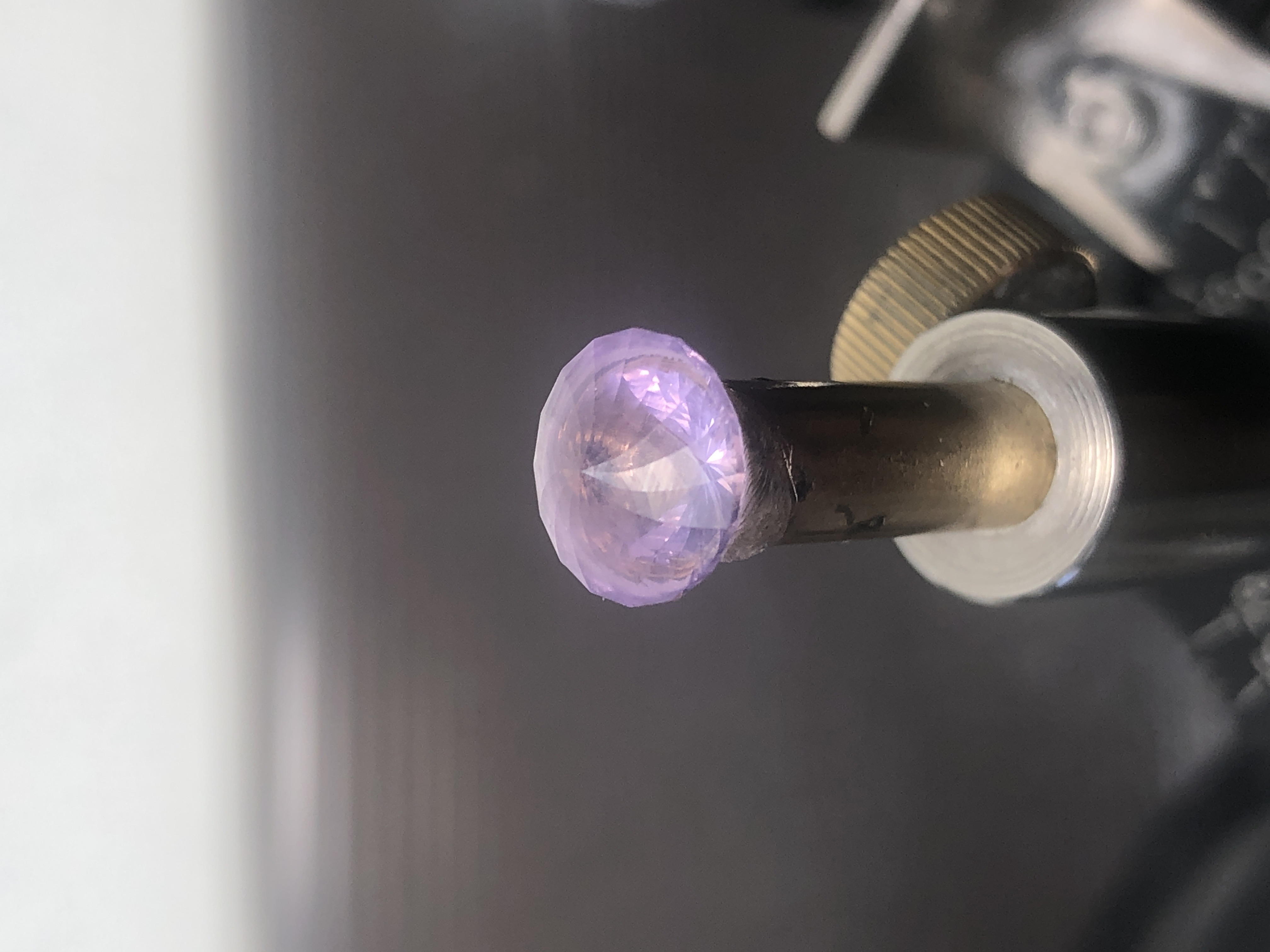
Polished crown without the table
And now the final result
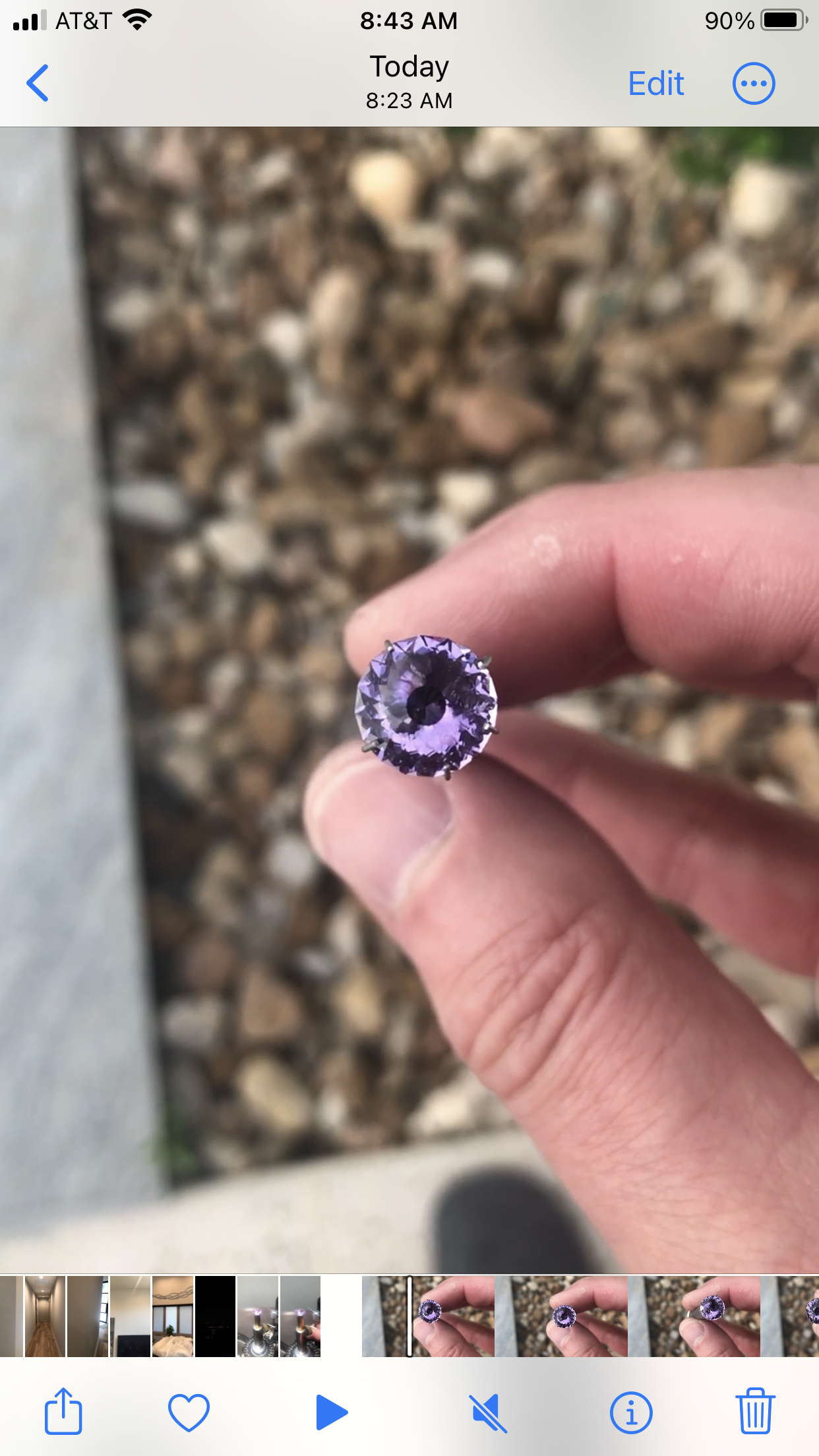
Feel free to ask questions!
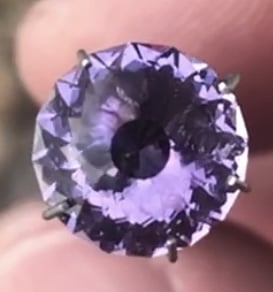
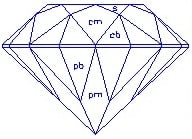
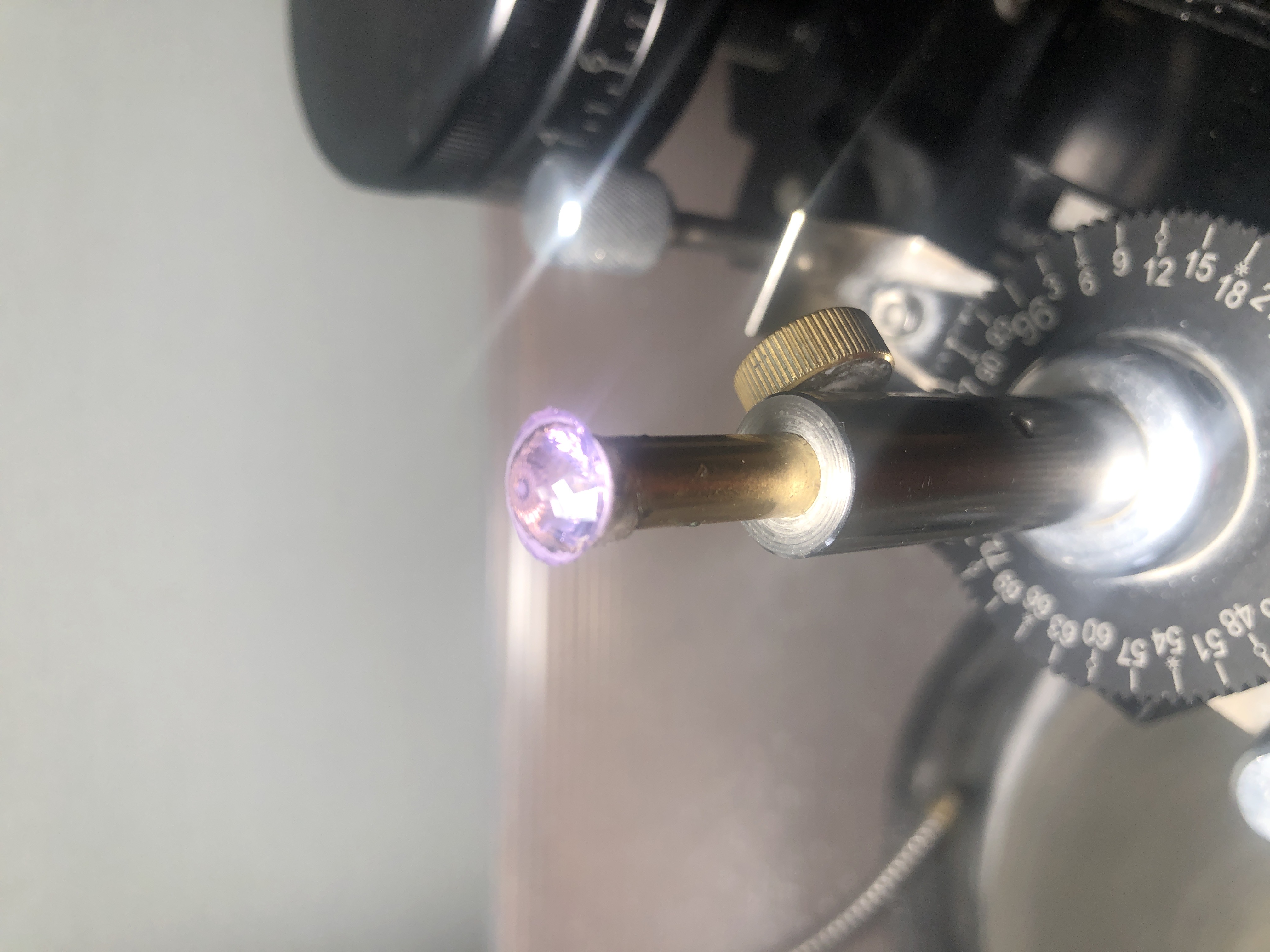
How did you start polishing? Do you do this professionally? How might a random person get started in this, as a hobby? Thanks :)
So my mom was a geologist and brought home many cool specimens and even tried cutting herself, but she didn’t have the knack or patience for it. I’ve always been a hands on type of person, so I decided to give it a shot. I was taught by a Japanese woman in Maryland who did commission work for high end custom jewelry stores in the Washington D.C. area. That was while I was in high school and the machine I used was not nearly as accurate as I’m using today.
I’ve been cutting off and on for decades now, and it’s just a hobby for me. There are others I know that do this for a living, so I know it’s possible. The big issue around being profitable is the influx of poorly cut stones at cheap prices. To make a living you need to produce stones that are remarkable, and create a reputation that makes your stones desirable. It’s amazing how I can go into a typical jewelry store and see stone after stone with bad symmetry, windowed or even fish eye cuts with high prices. I do take a commission here and there, but I mostly do this for the pure enjoyment it brings creating something of beauty, as well as giving results to family and friends.
There are three ways you could get started with this:
For 1 and 2, find custom jewelry stores in your area that have a certified gemologist on staff, and have a chat with them. They will likely have knowledge of who is around your area. Be forewarned though, there are large cities where there are NO cutters or active lapidary clubs.
Finally, this is NOT a cheap hobby. The equipment alone, for a really good setup, can set you back $6-$7k without the actual rough to cut. You can get cheaper machines and possibly used ones, but you need to be careful that they are either not damaged or so cheap that they don’t cut accurately. If it doesn’t cut accurately you’ll get incredibly frustrated at your results.
Keep an eye out on this community, I was asked to describe the process by a member. So I’m working on a write up that I’ll post in a day or so. I also intend to do a step-by-step set of posts that provide a full picture of the process as I cut a new stone.
Thank you for the thoughtful response. I’ll look forward to your post describing your process!